Editor's note: in December 2020 it was reported that Roganic would not reopen after the December lockdown in its current location, but would relocate elsewhere in London in 2021.
Roganic is the outpost of Simon Rogan’s L’Enclume, based in Marylebone. In London, Mr Rogan has previously had Fera at Claridges, and prior to that had a lengthy pop-up called Roganic in the very same street as this one. The latest incarnation of Roganic opened in January 2018. Its head chef is Oli Marlow, formerly a junior sous chef at The Fat Duck, sous chef at Maeemo and chef de partie at Eleven Madison Park; he started his career at Chewton Glen in Hampshire. There is a tasting menu at £115, a shorter one at £80 and at lunch only there is a £40 menu available. The dining room is quite simply decorated, the hard floors contributing to slightly high noise levels.
The wine list has just over a hundred references and offered labels such as Jo Landron Muscadet 2015 Sevre-et-Maine at £45 for a bottle that you can find in the high street for £16, Domaine de Cebene Belle Leurete 2015 at £65 compared to its retail price of £18, while Chateau des Graviers 2014 was £95 for a wine that will set you back £28 in a shop. At the prestige end of the list Didier Dagenau Buisson-Renard 2009 was £190 compared to its retail price of £94, and Vina Tondonia Gran Reserva 1995 was £160 for a wine whose current market price is £96. Domaine Comtes Lafon Meursault Charmes 2010 was £390 compared to its current shop price of £218. Wine pairings are available, the default one at £75, or corkage is £29 a bottle.
The meal began with little tartlet of preserved raspberry with semi-dried beetroot, rose pickling liquor and buttermilk. On the side was a shot glass of beetroot and apple juice. This slightly odd-sounding combination worked very well, the acidity of the fruit a good foil for the buttermilk, and the pastry being delicate (16/20).
Next was seaweed and mussel custard, topped with a garish of caviar from Exmoor. This savoury custard is similar to a dish I have eaten in Japan, and had very good texture with plenty of umami flavour (16/20). At the same time we were served a simply grilled Scottish langoustine, still alive when delivered earlier that day, with just a little smoked vinegar. This was also very enjoyable, the langoustine being of a decent size, lightly cooked and having some inherent sweetness, though I confess to having been spoiled by the magnificent langoustine a few days earlier at Frantzen (still 16/20). Even better was a confit chicken croquette deep fried in squid ink, with crisps topped with mustard mayonnaise. The balance of this dish was lovely, the mustard flavour in just the right amount to enhance the chicken, the crisp giving an alternate texture (easily 17/20).
Jerusalem artichoke skin was made into crisps and served with Innes Brick goat cheese (from Highfields Farm Dairy in Staffordshire) mousse with English truffle puree. This was another successful dish, the goat cheese flavour nicely lifted by the scent of the truffle and going well with the artichoke crisps (16/20). New season Norfolk asparagus was sautéed in rendered bone marrow, served with leek ash powder and Hollandaise sauce. The asparagus was carefully cooked and had good flavour, the Hollandaise a classic accompaniment (15/20).
Next was asparagus and pea mousse, braised ox tongue and mint oil. The peas had good flavour and went well with the ox tongue (16/20). At this point an excellent sourdough loaf turned up, made from scratch in the kitchen and having very good flavour and texture (17/20). This was followed by Westcombe cheddar dumplings with pickled Silverskin onions, raw turnip and roasted onion broth. The cheese was a nice way to enhance the flavour of the turnips, which themselves had good flavour, and the slight sourness from the pickling juices cut nicely through the richness of the ox tongue and cheese (16/20).
The next dish was just about the only savoury dish of the night which didn’t quite work. Cured Cornish mackerel came with Cumbrian farm radishes, sheep milk yoghurt, Granny smith apple and sorrel sauce. The balance of the dish was fine, with the acidity of the apple to cut through the oiliness of the mackerel, but this particular fish had surprisingly little flavour. Mackerel is a very distinctive fish, but this specimen was oddly bland (barely 13/20). Things got back on track with charred hispi cabbage, Cornish brown crab, crisp chicken skin and a horseradish and three-cornered garlic sauce. The crab has excellent flavour, the chicken skin gave a nice texture contrast, and the gentle bite of the horseradish nicely enlivened the dish (17/20).
Seared Scottish scallops (from a high quality supplier called Keltic) came with black garlic emulsion, pickled cauliflower stalk, dried cauliflower florets and a sauce made from the scallop roe. The scallops had nice levels of inherent sweetness and cauliflower is a classic combination with them, while the black garlic was a nice touch (16/20). The final savoury course was dry aged Cumbrian pork loin and belly with grilled carrots and radishes from the l’Enclume farm, along with collard green shoots and a pork jus with reduced Granny Smith apple. The pork had good flavour and was precisely cooked, the slight acidity of the apple working nicely with the richness of the meat (16/20).
The first dessert was forced rhubarb from Yorkshire made into custard and served with compressed rhubarb and buttermilk snow. I really like rhubarb, and in this form it was not too sharp, resulting in a refreshing dish to follow the meat (15/20). This was followed by camomile tea ice cream, whey and wild honey reduction, cherry blossom and burnt milk crisps. I was rather less convinced by this conceptually, though it ha an interesting aromatic quality (14/20).
Caramelised Pink Lady apple tarte tatin came with lemon thyme and Douglas fir ice cream. The tatin is a classic dish and was genuinely nice (16/20) but the Douglas Fir ice cream was a bad idea in my opinion – why not stick to a classic pairing like vanilla? This just seemed like innovation for innovation’s sake, as the Douglas fir had a sharp pine flavour that I didn’t feel worked well with the tatin, so I will politely draw a veil over that. If you just ignored it then the tatin was excellent.
Smoked juniper berry fudge was quite aromatic and pleasant enough (14/20), and this was followed by the final dessert. This was sourdough doughnut with woodruff glaze and woodruff powder. Woodruff is a herb with a slightly sweet flavour that pops up on menus mainly in Germany, though more often as an addition to drinks such as punch rather than on a plate. To be honest this to me seemed another dish that was reaching for innovation when it was not needed – a lemon doughnut (say) would have been far more enjoyable, at least for me (13/20).
Service was excellent, the staff being attentive, friendly and helpful. The bill came to £189 per person with corkage; the food element was £115 per person before service. You could of course choose the shorter menu and order cheaper wine to try and keep the bill to manageable levels. I enjoyed Roganic more than I was expecting to. Although the menu as written on the website sounds rather challenging, the reality is that the dishes are carefully thought through and well balanced, with plenty of classic combinations in amongst the exotica. Only the mackerel dish felt relatively off, and to compensate for that there were several excellent plates of food. Even the modernist desserts were reasonably pleasant. I would happily come back here.























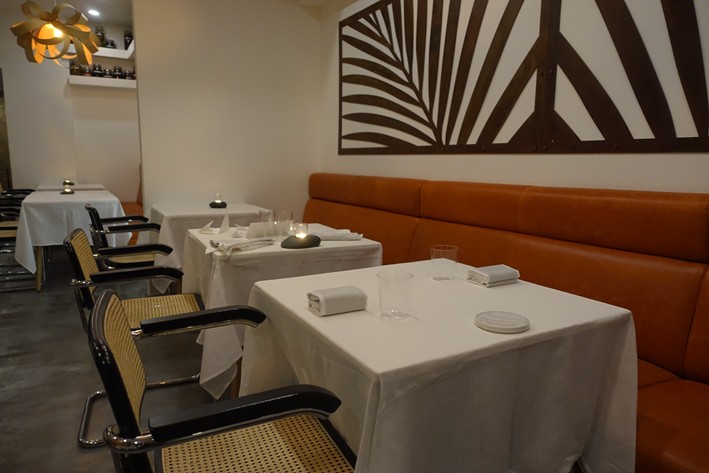
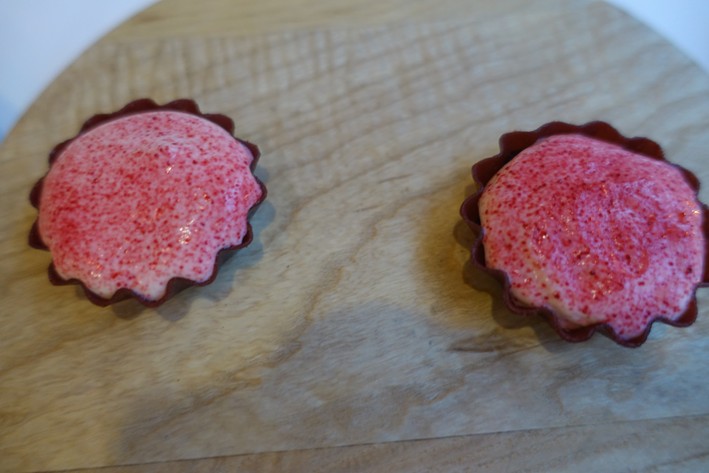
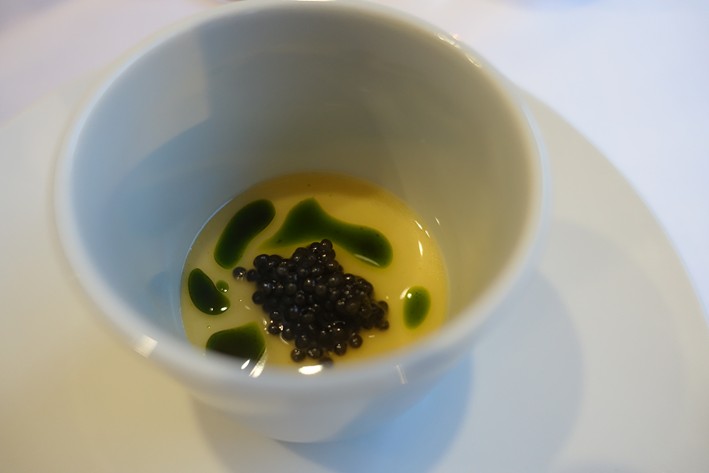
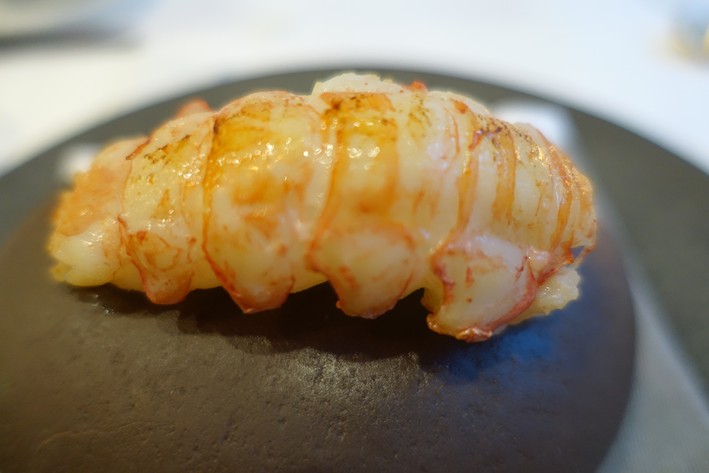
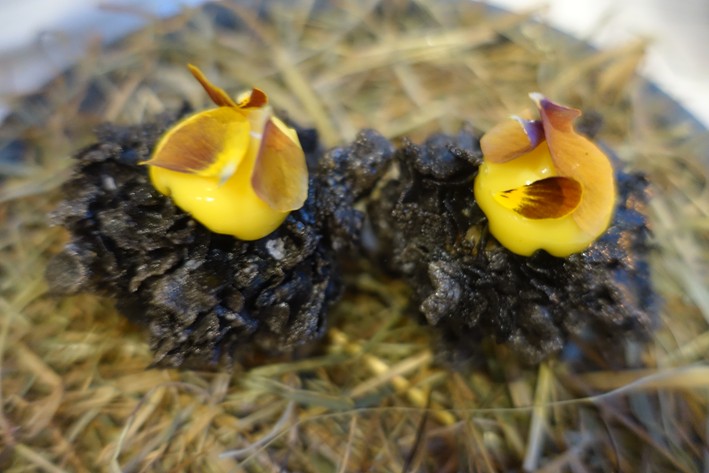
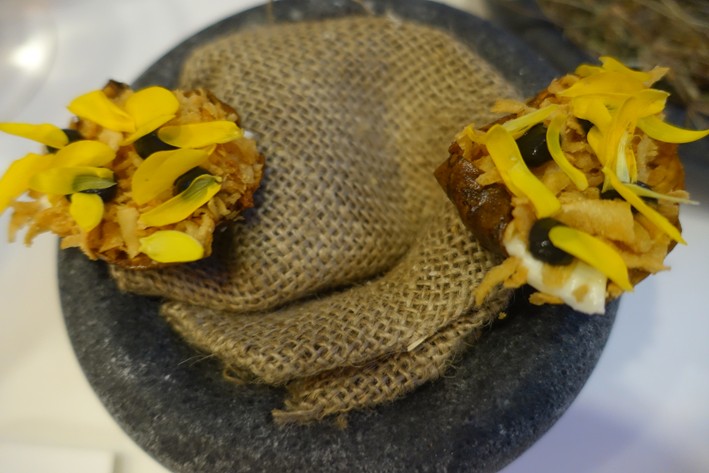
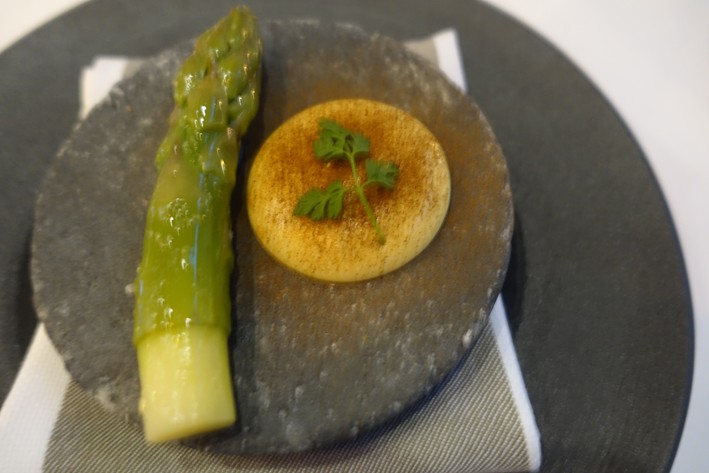
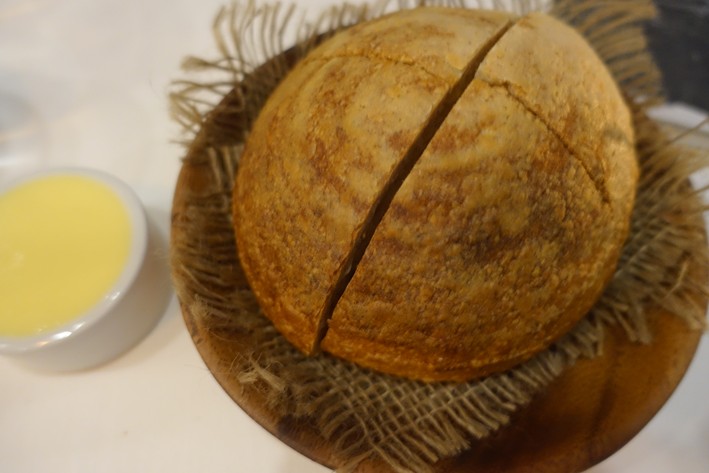
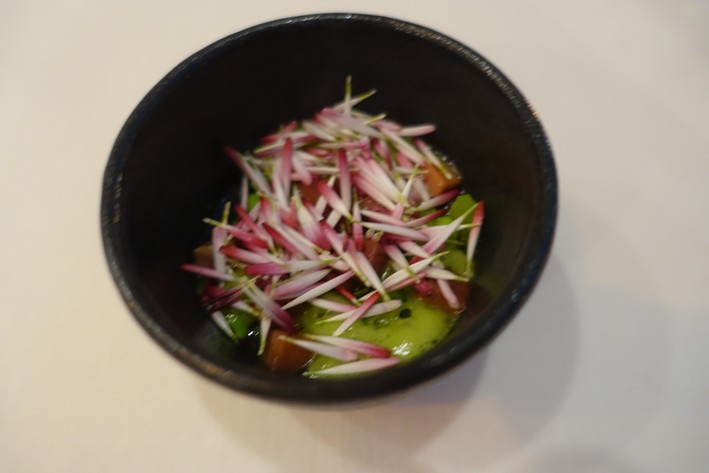
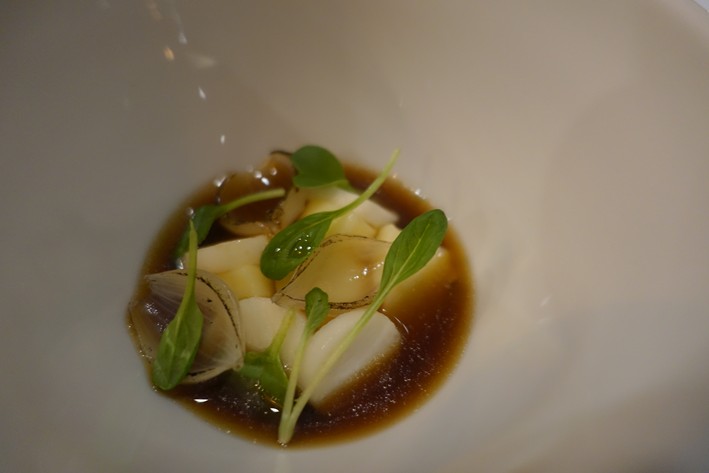
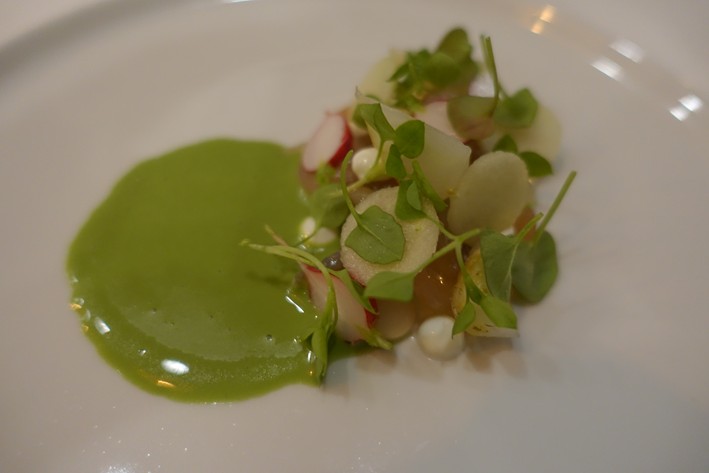

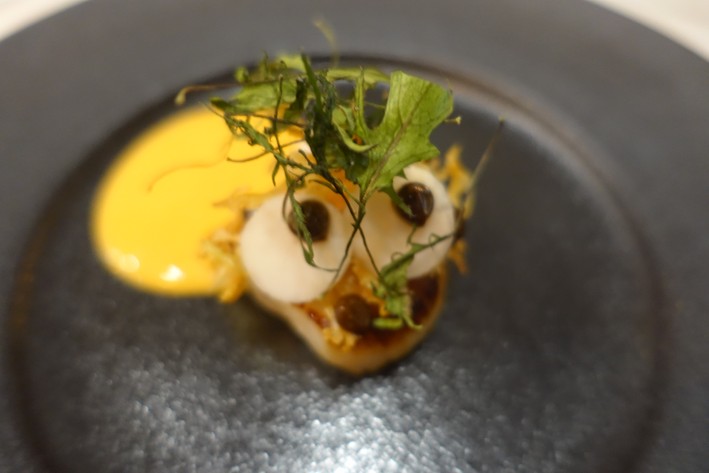
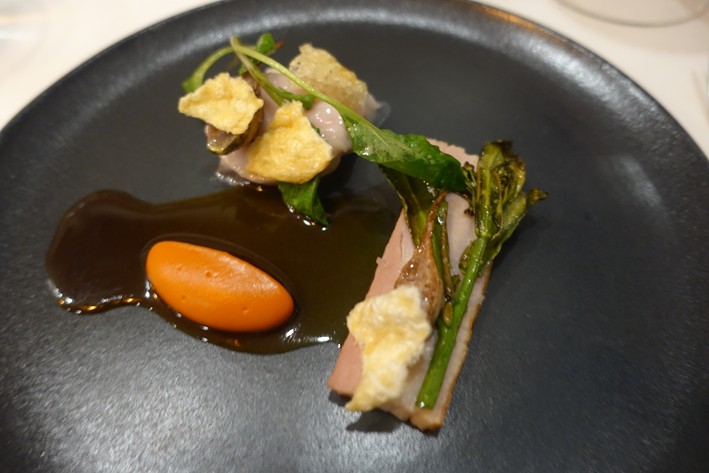

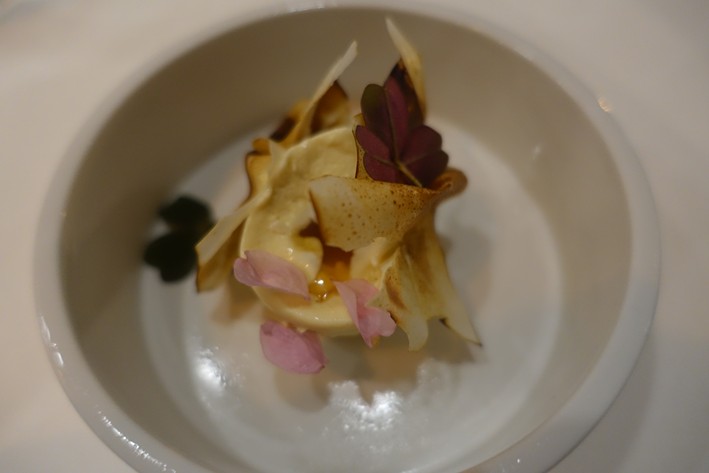
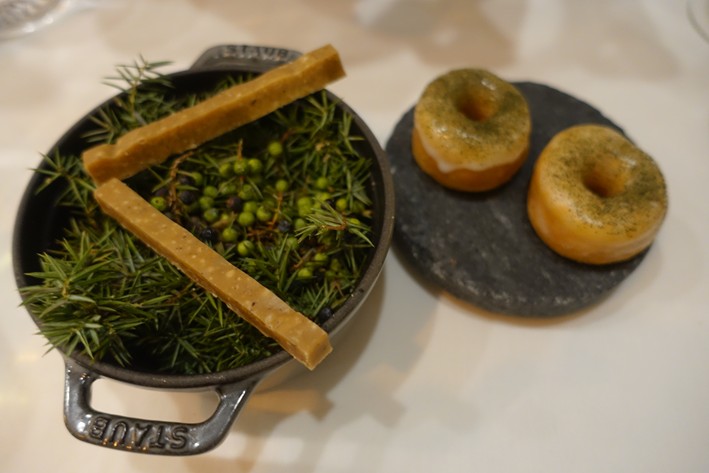
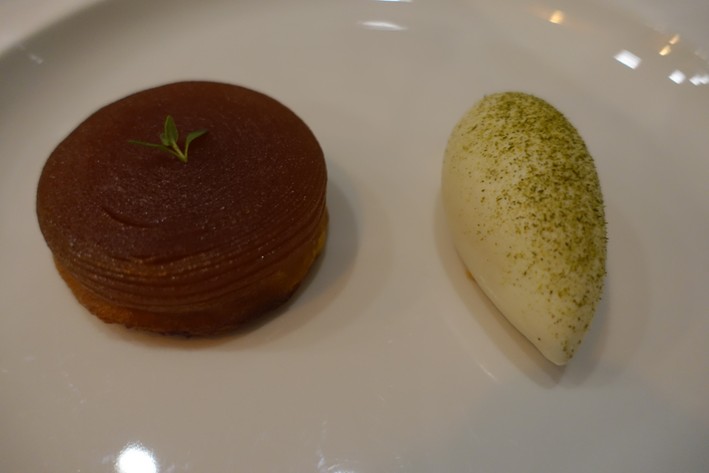

Add a comment
Thank you for submitting your comment, this will be checked and added to the website very soon.
User comments